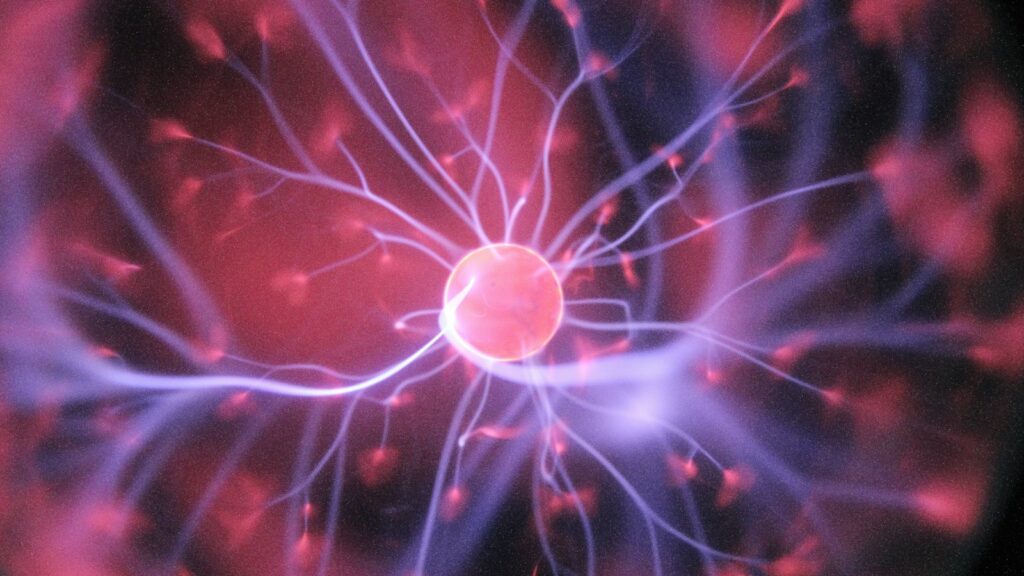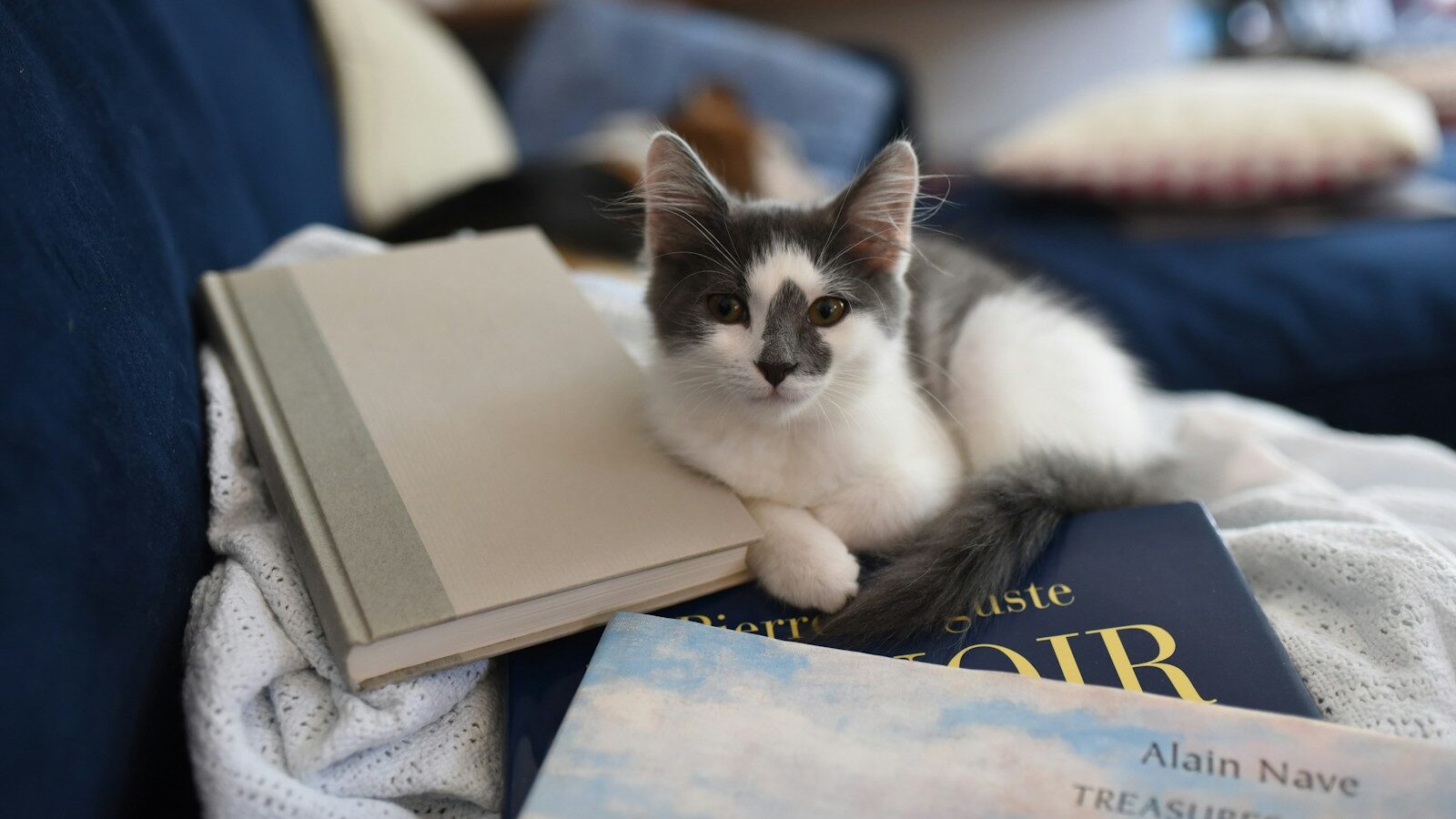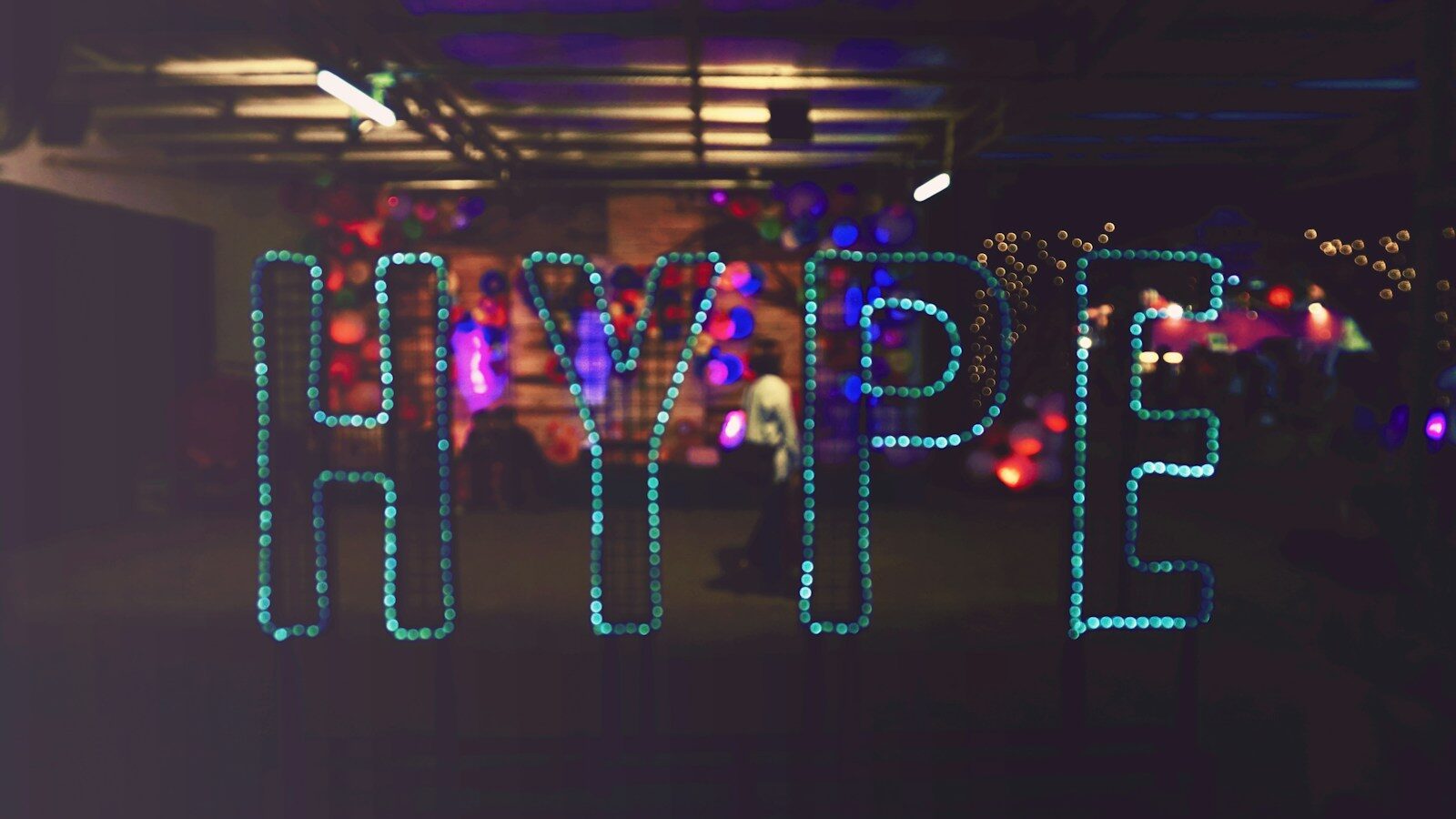I’ve chaired a fair few sessions at Learning Technologies, but it’s safe to say I hit the jackpot this year. When I stood up to introduce the final session of day one – “AI and the brain: understanding resistance and building confidence” – the room was packed.
It had been a day of speculative predictions about AI’s future impact on the people profession. Much of it felt high-level and utopian. So expectations were high for something different from our speaker, Professor Joseph Devlin – a cognitive neuroscience expert and a fresh voice at the event. And that’s exactly what we got: human, relevant and evidence-based. This was a session that addressed the real issue behind many professionals’ hesitation – AI learning anxiety.
Here’s a flavour of what Joe covered – and what we learned.
When AI learning anxiety takes hold
Joe opened the session with a disarming, honesty-inducing question: “Do you ever feel threatened by AI?” Hands went up. Using my roving mic, audience members bravely shared their fears – from being left behind, to concerns over energy use and climate change, ethical misuse, and even the worry that people will forget to use their brains.
That last one echoed a previous year’s session from Professor Itiel Dror: “Is technology making us stupid?” Do any of these fears resonate with you?
Joe reassured us that such fears are rational and normal – and likely to be felt by the very people we aim to support in our organisations. Tech-based fear isn’t new. It’s an evolutionary survival instinct.
When people feel safe enough to say what they don’t know – or what they fear – learning has already begun.
That’s when we got our first brain science lesson. Our brains use shortcuts and biases to conserve energy. Did you know your brain makes up just 2% of your body weight but consumes 20% of your total energy?
Joe guided us through the parts of the brain that react to change. First stop: the amygdala, which triggers emotional threat responses and releases hormones like cortisol. Then comes the fight-or-flight reaction – anxiety, fear and avoidance. This pulls energy away from the prefrontal cortex, where higher-level cognitive functions like problem-solving happen.
To illustrate, Joe showed us two behavioural science experiments. First: a video of a student asking a professor for directions. Two people carrying a large painting walked between them, and the student was swapped for someone completely different. The professor didn’t notice.
Second: a photo of soldiers boarding a plane. Joe flipped between two versions of the same image and asked if we saw any differences. Most of us didn’t – even though in the second image, the plane engine was missing.
For more insights on how neuroscience can enhance learning, see Neuroscience: Techniques to help you learn more effectively.
The neuroscience of change and how learning sticks
But here’s the good news: our brains may default to shortcuts, but we’re also wired to learn and adapt.
Joe shifted gears to talk about neuroplasticity. Forget the myth that older brains can’t learn new tricks – it’s simply not true. When we engage in new experiences, we create new neural pathways and strengthen existing ones. But here’s the catch: scaffolding and spaced repetition are essential. And that’s often missing from learning interventions, especially those related to AI.
The big takeaway? AI learning anxiety isn’t an emotional issue – it’s a learning design challenge. We need to create the right conditions for people to feel safe enough to learn. When learning strategies reflect the neuroscience of change, we can actively lower resistance and enable capability-building.
To delve deeper into applying neuroscience in learning strategies, explore Learning strategy: how to use neuroscience to get the best from your learners.
Champions, culture and the missing middle
Peer-to-peer learning is one of the most powerful ways to build confidence in change. It shows we’re in it together – and that togetherness releases dopamine and oxytocin. These neurochemicals foster ownership, agency and trust.
Add in psychological safety and visible champions, and you create social proof. People are far more likely to try something new when they see others doing it – especially during uncertainty.
Joe shared case studies where these conditions had been met. Successful AI adoption in learning and development came not just from training, but from building trust, relevance and role-modelling – in sectors like logistics, law and telecoms. These examples showed what’s possible when organisations create the right culture for change and actively address AI learning anxiety.
What I learned as a chair (that no slide could teach me)
As I closed the session, I realised something. The most powerful moments weren’t the slides, or even Joe’s masterful explanation of neuroscience. They were the interactions – the sixty seconds when I asked the audience to talk to each other, and when Joe asked that simple question: “Do you ever feel threatened by AI?”
Because when people feel safe enough to say what they don’t know – or what they fear – learning has already begun.
AI is already reshaping the workplace. And yes, this may sound like a cliché, but I’ll say it anyway: we in learning and development have the insights and the influence to shape how we respond – one brain and one conversation at a time.







